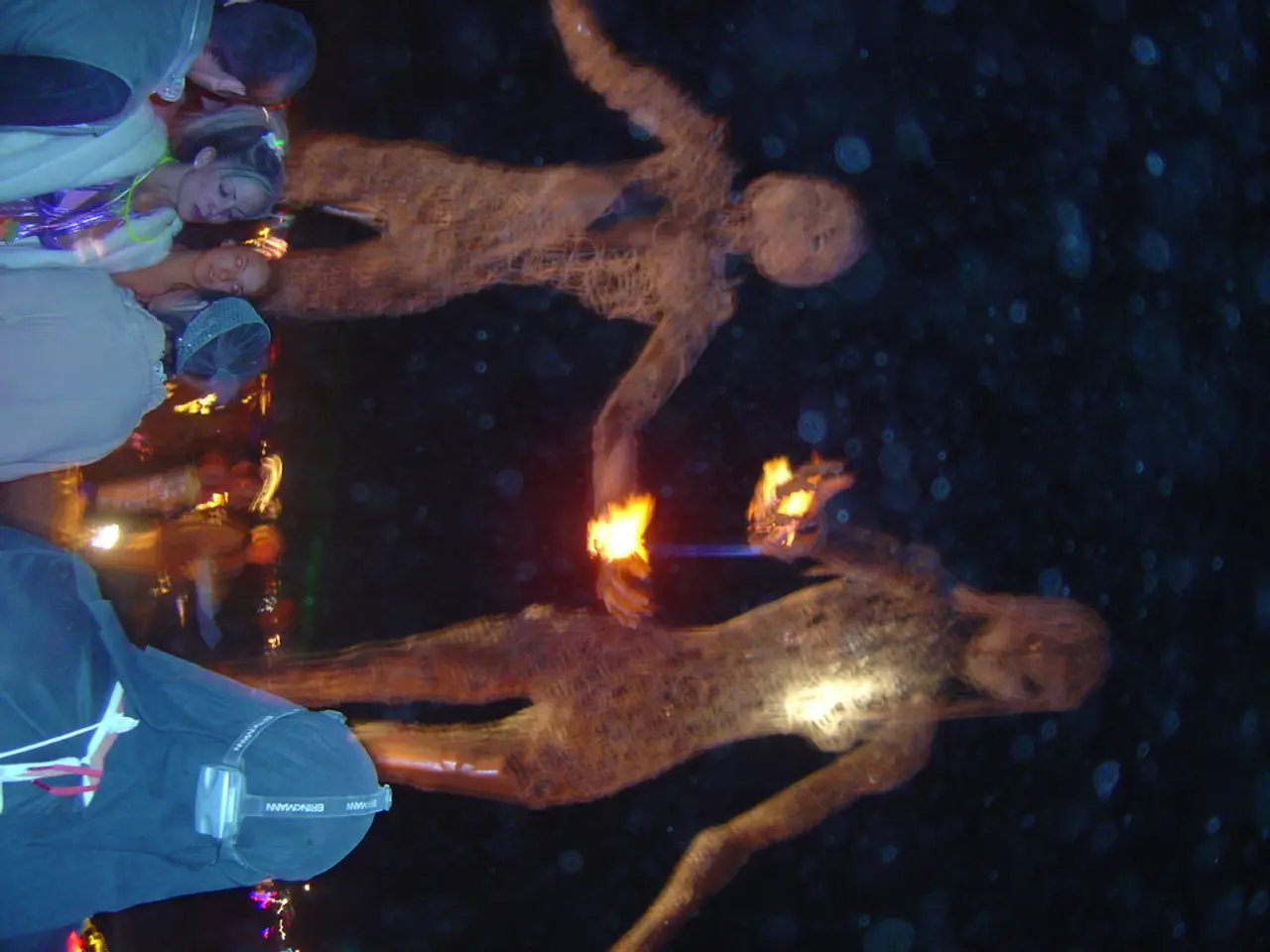Have you seen a video on social media that features Tiago, who has served as a firefighter for nine years?
In the digital age, the line between reality and fiction can often blur, and this was recently demonstrated in a hoax that swept across social media platforms. The story, centering around a fictional firefighter named Tiago, was intentionally misleading and aimed to generate social media engagement.
The video, posted on pages that appeared to belong to the Sanctuary of Fatima, was a creation of artificial intelligence (AI). It depicted Tiago, with a face marked and eyes red from smoke and tears, seemingly a victim of a devastating fire. However, these effects were artificial, and Tiago is a fictional character, not a real firefighter.
The video was part of a larger trend of AI-generated content aimed at generating social media engagement. This trend, often referred to as AI SLOP (low-quality, often misleading or "shoddy" AI-generated content), is a growing problem on the internet, analogous to spam in email or low-value content in search results.
The technology behind AI SLOP and deepfake technology (which uses advanced AI to create highly realistic but fake audio, images, or videos by mimicking real people's appearances or voices) can fabricate stories that sound and look genuine but are entirely fabricated or manipulated. This can be leveraged to spread misinformation, scams, or misleading stories with a veneer of authenticity.
Although the search results do not specifically address the topic of firefighter stories and the Sanctuary of Fatima, it is plausible that such narratives could be used to fabricate emotionally charged or culturally significant tales around such subjects. For example, deepfakes could impersonate firefighters, witnesses, or religious figures related to the Sanctuary of Fatima to create false testimonies or claim false events, exploiting the trust and emotional weight such stories carry.
It's important to note that the country is experiencing large-scale fires, but the events surrounding Tiago are not part of these real fires. The story of Tiago nearly dying in a fire is fabricated. The video was exposed on the 'Future of the Future' podcast by Expresso, and it was removed by Facebook after exposure.
The Sanctuary of Fatima is aware of the existence of pages, profiles, and groups that abuse its name. Regulators and experts are actively trying to combat AI-enabled disinformation and fraud, recognising the growing threat it poses to truth and trust in the digital world. As users, it's crucial to remain vigilant and verify the authenticity of the content we consume online.
- The hoax involving Tiago, a fictional character portrayed as a firefighter, was spread widely across social media platforms, demonstrating the potential dangers of AI SLOP.
- More concerning is the use of AI technology in creating deepfakes, which can imitate real people and fabricate stories around sensitive topics like general-news events or crime-and-justice cases, aiming to deceive and mislead the public.







